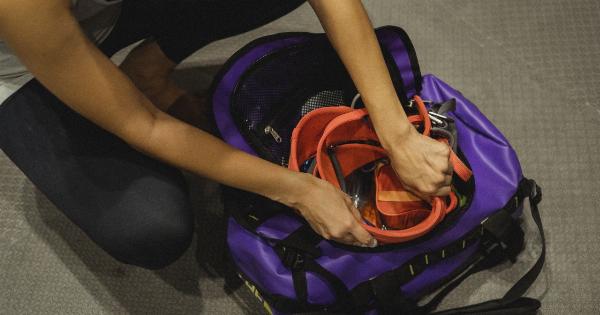Running itself comes with its own set of challenges, such as the risk of injury and maintaining stamina. Add hot summer weather into the mix, and you’ll have to take extra precautions to keep yourself safe and healthy.
To help you master the art of running in hot summer weather, we’ve compiled a list of tips that will keep you running smoothly during those hot and humid months.
1. Hydrate, hydrate, hydrate
Staying hydrated is crucial when it comes to running in the heat. Make sure you drink plenty of water before, during, and after your run.
If you’re running for an extended period, consider carrying a water bottle with you or mapping out a route that has accessible drinking fountains or water sources. Avoid drinks that contain caffeine, as they can dehydrate you even further.
2. Dress appropriately
Dress in light-colored, loose-fitting clothing that is made of moisture-wicking materials. This will allow sweat to evaporate, keeping you cooler and more comfortable during your run.
Avoid dark-colored clothing, as it absorbs heat and can make you feel hotter. Don’t forget to wear a hat and sunglasses to protect your face and eyes from harmful UV rays.
3. Time your run wisely
Try to avoid running during the hottest parts of the day, which are typically between 10 am and 4 pm. If possible, plan your runs for early in the morning or in the evening when the temperature is cooler.
If you must run during the day, choose shaded areas and take frequent breaks.
4. Check the weather
Be aware of the weather forecast before heading out for a run. If there’s a heat advisory or excessive heat warning, it’s best to skip your run altogether. Also, be mindful of the humidity levels.
High humidity can make it harder for sweat to evaporate, making it more difficult for your body to cool down.
5. Slow down your pace
Your body has to work harder to regulate its temperature in hot weather, which can cause your heart rate to increase. This can make it difficult to maintain your usual running pace.
Slow down your pace and take frequent breaks, particularly if you start to feel lightheaded or dizzy.
6. Take care of your skin
Sunburn can make running in hot weather even more uncomfortable. Apply sunscreen with an SPF of at least 30 before heading out for your run, and reapply every 2 hours if you’re running for an extended period.
Consider using a sunscreen that’s water-resistant, especially if you’re prone to sweating. Don’t forget to apply sunscreen to your ears, neck, and any other exposed areas.
7. Listen to your body
It’s important to listen to your body when running in hot weather. If you start to feel lightheaded, dizzy, or experience any other symptoms of heat exhaustion such as cramps, nausea, or confusion, it’s time to stop running.
Get to a cool, shaded area, and drink plenty of water. If symptoms persist, seek medical attention immediately.
8. Consider indoor running
If the weather is simply too hot to run outdoors safely, consider running indoors instead. Find a treadmill at your local gym, or create a circuit of exercises you can do in your air-conditioned home.
You can still get a great workout without the risk of heat exhaustion.
9. Acclimate to the heat
Your body needs time to adjust to running in hot weather. Start gradually by running shorter distances and gradually increasing your mileage. Don’t push yourself too hard too soon.
Your body will eventually acclimate to the heat and your runs will become easier.
10. Bring a buddy
Running with a friend not only makes the run more enjoyable but also safer. If you’re running in hot weather, having a buddy with you ensures there’s someone there to help you if you experience any heat-related illnesses or injuries.































